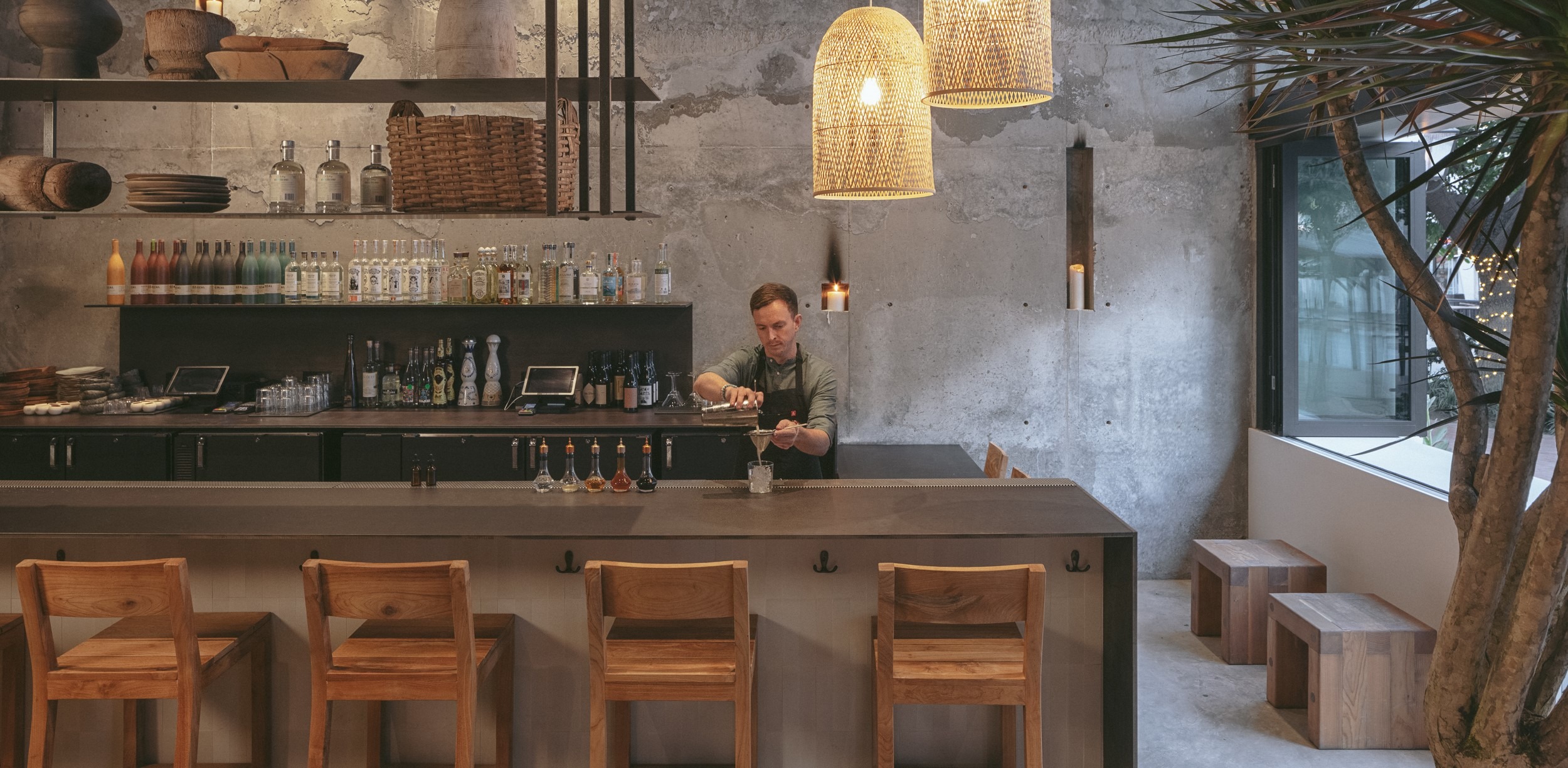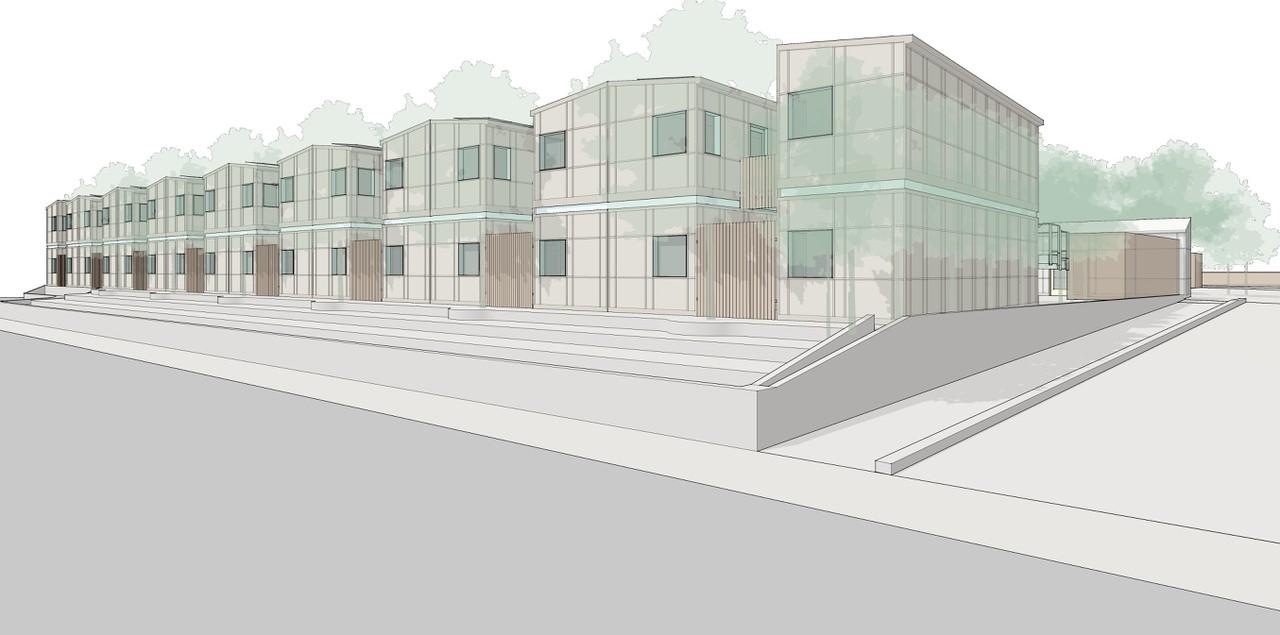It started in 1893 with a Victorian steel-and-glass greenhouse.
But in 1999, Phipps Conservatory and Botanical Gardens in Pittsburgh initiated a three-phased expansion aimed at making itself more self-sufficient.
It recently opened the third phase, called the Center for Sustainable Landscapes (CSL). With geothermal wells, solar panels and a wind turbine, it’s a net zero facility that’s aiming for LEED Platinum status, as well as the Living Building Challenge and Sustainable SITES too. It’s the first building to try for all three.
.
“The whole idea was to create a building with minimum negative impact on the environment,” says Richard Piacentini, executive director at Phipps. “We wanted a building that’s beautiful, and that connects people and children to nature.”
The new CSL is tucked into a steep hillside, and uses the landscape to its advantage, with terraces that offer entry on three levels. Walkways are landscaped with native plants; a raised boardwalk runs parallel to a lagoon that captures stormwater runoff.
“We want to inspire people to become more environmentally concerned about how important plants are to our lives,” he says. “We believe that people, plants, health, beauty and the planet are all connected – that’s absolutely the takeaway here.”
It’s designed as a model of sustainability for architects, landscape architects, planners and scientists, and is said to have been designed “to mimic nature and function as elegantly and efficiently as a flower.”
Features outside the offices, classrooms and research areas inside include a hillside amphitheater, a fountain, wildlife habitat, and scenic panoramas of natural areas and urban cityscapes.
The biggest challenge, says Piacentini, lay in locating chemical-free materials for construction. “There turned out to be chemicals – lead, formaldehyde and PCB’s – in many of the products,” he says. “We had to verify that none would enter the building.”
With help from local design firms, they succeeded.
Architects were The Design Alliance from Pittsburgh; Landscape architects were Andropogon Associates from Philadelphia.
For more information, go to phipps.conservatory.org.
[slideshow id=909]
Photos by Denmarsh Photography


